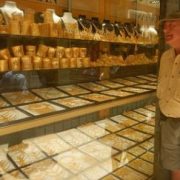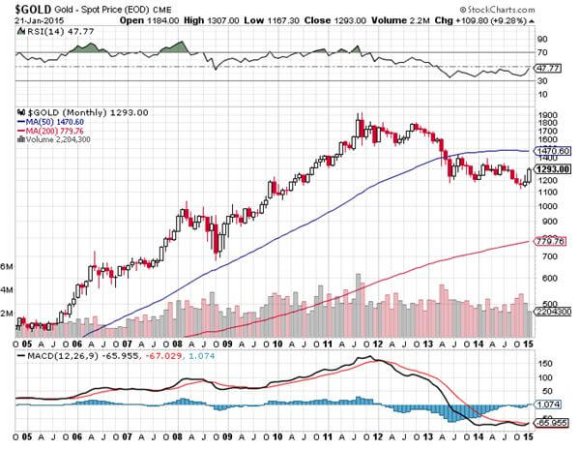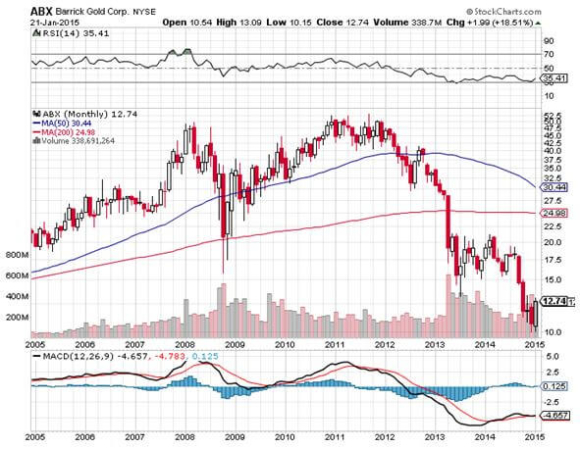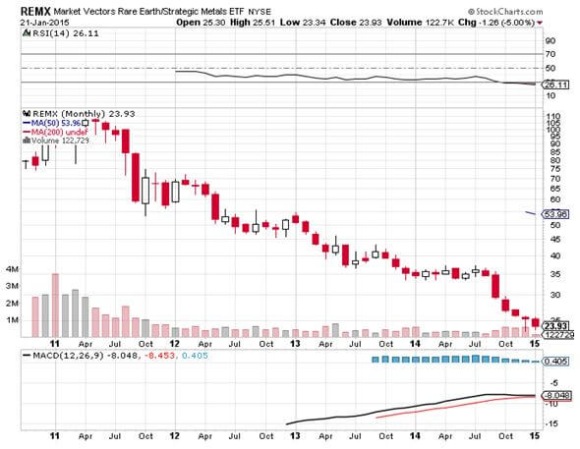After a prolonged, four year hibernation, it appears that the gold bulls are at long last back.
Long considered nut cases, crackpots and the wearers of tin hats, lovers of the barbarous relic have just enjoyed the first decent trading month in a very long time.
The question for the rest of us is whether there is something real and sustainable going on here, or whether the current rally will end with yet another whimper, to be sold into.
To find the answer, you?ll have to read until the end of this story.
Let me recite all the reasons that perma bulls used to buy the yellow metal.
1) Obama is a socialist and is going to nationalize everything in sight, prompting a massive flight of capital that will send the US dollar crashing.
2) Hyperinflation is imminent and the return of ruinous double digit price hikes will send investors fleeing into the precious metals and other hard assets, the last true store of value.
3) The Federal Reserve?s aggressive monetary expansion through quantitative easing will destroy the economy and the dollar, triggering an endless bid for gold, the only true currency.
4) To protect a collapsing greenback, the Fed will ratchet up interest rates, causing foreigners to dump the half of our national debt they own, causing the bond market to crash.
5) Taxes will skyrocket to pay for the new entitlement state, the government?s budget deficit will explode, and burying a sack of gold coins in your backyard is the only safe way to protect your assets.
6) A wholesale flight out of paper assets of all kind will cause the stock market to crash. Remember those Dow 3,000 forecasts?
7) Misguided government policies and oppressive regulation will bring the Armageddon, and you will need gold coins to bribe the border guards to get out of the country. You can also sew them into the lining of your jacket to start a new life abroad, presumably under an assumed name.
Needless to say, it didn?t exactly pan out that way. The end-of-the-world scenarios that one regularly heard at Money Shows, Hard Asset Conferences, and other dubious sources of investment advice all proved to be so much bunk.
I know, because I was a regular speaker on this circuit. I alone, a voice in the darkness, begged people to buy stocks at the beginning of the greatest bull markets of all time, which was then, only just getting started.
Eventually, I ruffled too many feathers with my politically incorrect views, and they stopped inviting me back. I think it was my call that rare earths (REMX) were a bubble that was going to collapse was the weighty stick that finally broke the camel?s back.
So, here we are, five years later. The Dow Average has gone from 7,000 to 18,000. The dollar has blasted through to a 12 year high against the Euro (FXE). The deficit has fallen by 75%. Gold has plummeted from $1,920 to $1,100. And no one has apologized to me, telling me that I was right all along, despite the fact that I am from California.
Welcome to the investment business.
Except that now, gold is worth another look. It has rallied a robust $200 off the bottom in a mere two months. Some of the most frenetic action was seen in the gold miners (GDX), where shares soared by as much as 50%. Even mainstay Barrick Gold (ABX) managed a 30% revival.
The gold bulls are now looking for their last clean shirt, sending suits out to the dry cleaners, and polishing their shoes for the first time in ages, about to hit the road to deliver almost forgotten sales pitches once again.
The news flow has certainly been gold friendly in recent weeks. Technical analysts were the first to raise the clarion call, noting that a string of bad news failed to push gold to new lows. Charts started putting in the rounding, triple bottoms that these folks love to see.
The New Year stampede into bonds gave it another healthy push. One of the long time arguments against the barbarous relic is that it pays no yield or dividend, and therefore has an opportunity cost.
Well guess what? With ten year paper now paying a scant 0.40% in Germany, 0.19% in Japan, and an eye popping -0.04% in Switzerland, nothing else pays a yield anymore either. That means the opportunity cost of owning precious metals has disappeared.
Then a genuine black swan appeared out of nowhere, improving gold?s prospects. The Swiss National Bank?s doffing of its cap against the Euro (FXE) ignited an instant 20% revaluation of the Swiss franc (FXF).
In addition to wiping out a number of hedge funds and foreign exchange brokers around the world, they shattered confidence in the central bank. And if you can?t hide in the Swiss franc, where can you?
This all accounts for the $200 move we have just witnessed.
So now what?
From here, the picture gets a little murky.
Certainly, none of the traditional arguments in favor of gold ownership are anywhere to be seen. There is no inflation. In fact, deflation is accelerating.
The dollar seems destined to get stronger, not weaker. There is no capital flight from the US taking place. Rather, foreigners are throwing money at the US with both hands, escaping their own collapsing economies and currencies.
And once global bond markets top out, which has to be soon, the opportunity cost of gold ownership returns with a vengeance. You would think that with bond yields near zero we are close to the bottom, but I have been wrong on this so far.
All of which adds up to the likelihood that the present gold rally is getting long in the tooth, and probably only has another $50-$100 to go, from which it will return to the dustbin of history, and possibly new lows.
I am not a perma bear on gold. There is no need to dig up your remaining coins and dump them on the market, especially now that the IRS has a mandatory withholding tax on all gold sales. I do believe that when inflation returns in the 2020?s, the bull market for gold will return for real.
You can expect newly enriched emerging market central banks to raise their gold ownership to western levels, a goal that will require them to buy thousands of tons on the open market.
Gold still earns a permanent bid in countries with untradeable currencies, weak banks, and acquisitive governments, like China and India, still the world?s largest buyers.
Remember, too, that they are not making gold anymore, and that all of the world?s easily accessible deposits have already been mined. The breakeven cost of opening new mines is thought to be around $1,400 an ounce, so don?t expect any new sources of supply anytime soon.
These are the factors which I think will take gold to the $3,000 handle by the end of the 2020?s, which means there is quite an attractive annualized return to be had jumping in at these levels. Clearly, that?s what many of today?s institutional buyers are thinking.
Sure, you could hold back and try to buy the next bottom. Oh, really? How good were you at calling the last low, and the one before that?
Certainly, incrementally scaling in around this neighborhood makes imminent sense for those with a long-term horizon, deep pockets and a big backyard.









